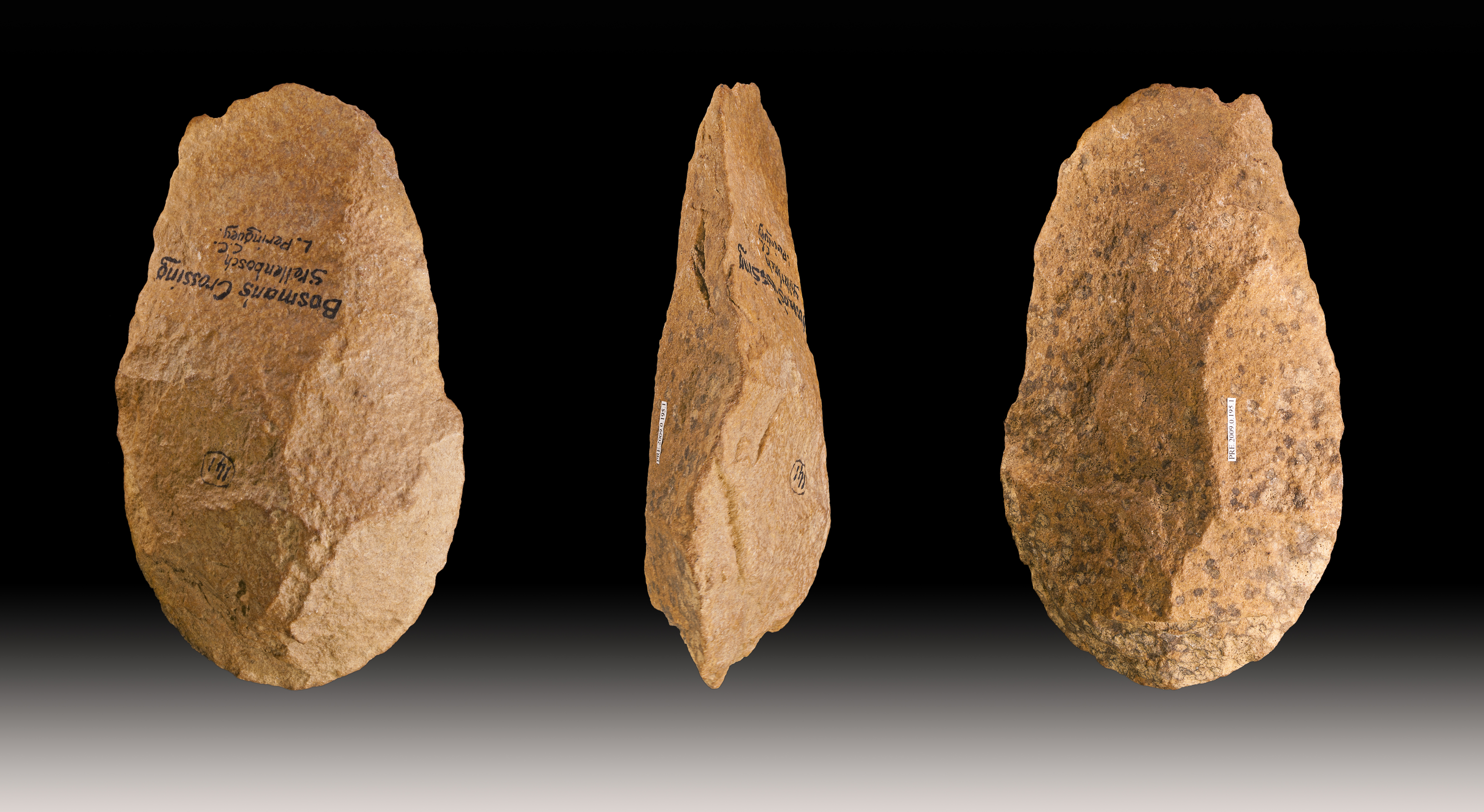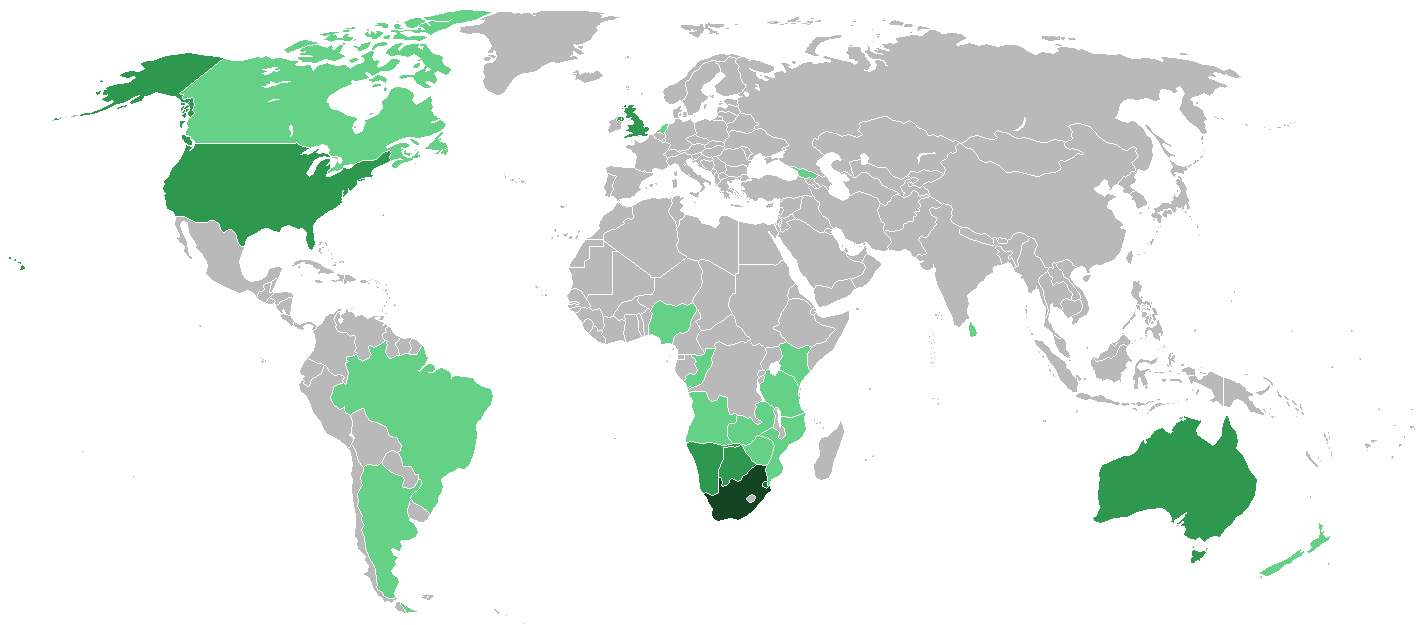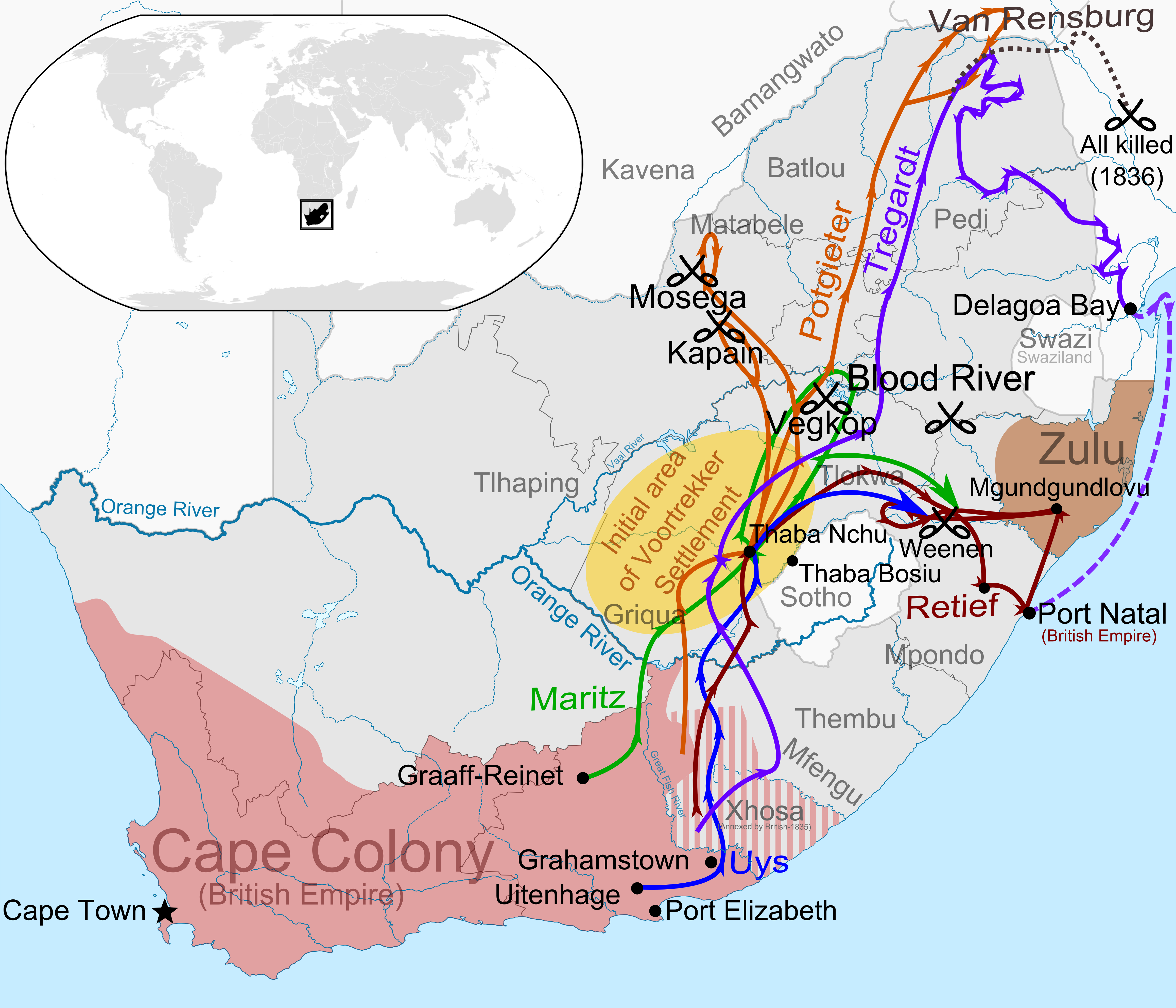|
Isie Krige
Sybella "Isie" Margaretha Smuts (née Krige, also known as Ouma Smuts; 22 December 1870 — 25 February 1954) was the second First lady, First Lady of the Union of South Africa, and a teacher, farmer, charity organiser and Scrapbooking, scrapbooker. She grew up in the British Cape Colony and qualified as a teacher in 1891. She taught for six years before marrying Jan Smuts, who later became the second Prime Minister of South Africa, Prime Minister of the Union of South Africa. She was a staunch supporter of Afrikaner nationalist aims to break free of British rule. Smuts eventually supported her husband's efforts to bring reconciliation to the Dutch and English communities and the creation of the self-governing union. During the Second Boer War (1899–1902) and World War I she supplied care parcels to inmates and soldiers. When the war ended, she was active in the (South African Women's Federation), a social welfare service for war widows and orphans. In 1909, the couple settle ... [...More Info...] [...Related Items...] OR: [Wikipedia] [Google] [Baidu] |
Stellenbosch
Stellenbosch (; )A Universal Pronouncing Gazetteer. Thomas Baldwin, 1852. Philadelphia: Lippincott, Grambo & Co.A Grammar of Afrikaans. Bruce C. Donaldson. 1993. Berlin: Walter de Gruyter. is a town in the Western Cape province of South Africa, situated about east of Cape Town, along the banks of the Eerste River at the foot of the Stellenbosch Mountain. The town became known as the City of Oaks or ''Eikestad'' in Afrikaans and Dutch language, Dutch due to the large number of oak trees that were planted by its founder, Simon van der Stel, to grace the streets and homesteads. [...More Info...] [...Related Items...] OR: [Wikipedia] [Google] [Baidu] |
University Of The Witwatersrand
The University of the Witwatersrand, Johannesburg (), commonly known as Wits University or Wits, is a multi-campus Public university, public research university situated in the northern areas of central Johannesburg, South Africa. The university has its roots in the mining industry, as do Johannesburg and the Witwatersrand in general. Founded in 1896 as the South African School of Mines in Kimberley, South Africa, Kimberley, it is the third oldest South African university in continuous operation. The university has an enrollment of 37,295 students as of 2025, of which approximately 20 percent live on campus in the university's 17 residences. 63 percent of the university's total enrollment is for Undergraduate education, undergraduate study, with 35 percent being Postgraduate education, postgraduate and the remaining 2 percent being Occasional Students. The university has, as of 2024, an acceptance rate of approximately 4.5%, having received 140,000 applications but only having a ... [...More Info...] [...Related Items...] OR: [Wikipedia] [Google] [Baidu] |
Jan Smuts, 1891
Jan, JaN or JAN may refer to: Acronyms * Jackson, Mississippi (Amtrak station), US, Amtrak station code JAN * Jackson-Evers International Airport, Mississippi, US, IATA code * Jabhat al-Nusra (JaN), a Syrian militant group * Japanese Article Number, a barcode standard compatible with EAN * Japanese Accepted Name, a Japanese nonproprietary drug name * Job Accommodation Network, US, for people with disabilities * ''Joint Army-Navy'', US standards for electronic color codes, etc. * ''Journal of Advanced Nursing'' Personal name * Jan (name), male variant of ''John'', female shortened form of ''Janet'' and ''Janice'' * Jan (Persian name), Persian word meaning 'life', 'soul', 'dear'; also used as a name * Ran (surname), romanized from Mandarin as Jan in Wade–Giles * Ján, Slovak name Other uses * January, as an abbreviation for the first month of the year in the Gregorian calendar * Jan (cards), a term in some card games when a player loses without taking any tricks or scoring a mini ... [...More Info...] [...Related Items...] OR: [Wikipedia] [Google] [Baidu] |
Eerste River
The Eerste River, located in the Western Cape, South Africa, rises on Dwarsberg 60 km east of Cape Town at the head of Jonkershoek valley. The Eerste River catchment covers the eastern part of the Cape Flats lying to the west of the Hottentots Holland Mountains and south of the Tygerberg where the Kuils River tributary rises east of Kanonkop. The Eerste River is a short river; its length has been given as 40 km. The major tributary, Kuils River, is approximately 30 km long to its point of confluence with the Eerste River. For a significant part of its course, the river flows through the City of Cape Town. A population of the endangered local endemic Berg River Redfin (''Pseudobarbus burgi'') was found in the Eerste River, but may be extinct in this river system. Tributaries From "Rivers and Wetlands of Cape Town", ordered from source to sea: *Jonkershoek River *Plankenbrug River (R) **Klipies River (L) **Kromme River (L) *Veldwachters River (R) *Sanddrif R ... [...More Info...] [...Related Items...] OR: [Wikipedia] [Google] [Baidu] |
Huguenots
The Huguenots ( , ; ) are a Religious denomination, religious group of French people, French Protestants who held to the Reformed (Calvinist) tradition of Protestantism. The term, which may be derived from the name of a Swiss political leader, the Genevan burgomaster Besançon Hugues, was in common use by the mid-16th century. ''Huguenot'' was frequently used in reference to those of the Reformed Church of France from the time of the Protestant Reformation. By contrast, the Protestant populations of eastern France, in Alsace, Moselle (department), Moselle, and Montbéliard, were mainly Lutheranism, Lutherans. In his ''Encyclopedia of Protestantism'', Hans Hillerbrand wrote that on the eve of the St. Bartholomew's Day massacre in 1572, the Huguenot community made up as much as 10% of the French population. By 1600, it had declined to 7–8%, and was reduced further late in the century after the return of persecution under Louis XIV, who instituted the ''dragonnades'' to forcibly ... [...More Info...] [...Related Items...] OR: [Wikipedia] [Google] [Baidu] |
Afrikaners
Afrikaners () are a Southern African ethnic group descended from predominantly Dutch people, Dutch Settler colonialism, settlers who first arrived at the Cape of Good Hope in Free Burghers in the Dutch Cape Colony, 1652.Entry: Cape Colony. ''Encyclopædia Britannica Volume 4 Part 2: Brain to Casting''. Encyclopædia Britannica, Inc. 1933. James Louis Garvin, editor. Until 1994, they dominated South Africa's politics as well as the country's commercial agricultural sector. Afrikaans, a language which evolved from the Hollandic Dutch, Dutch dialect of South Holland, is the First language, mother tongue of Afrikaners and most Cape Coloureds. According to the 2022 South African census, South African National Census of 2022, 10.6% of South Africans claimed to speak Afrikaans as a first language at home, making it the country's third-largest home language after Zulu language, Zulu and Xhosa language, Xhosa. The arrival of Portugal, Portuguese explorer Vasco da Gama at Calicut, In ... [...More Info...] [...Related Items...] OR: [Wikipedia] [Google] [Baidu] |
Great Trek
The Great Trek (, ) was a northward migration of Dutch-speaking settlers who travelled by wagon trains from the Cape Colony into the interior of modern South Africa from 1836 onwards, seeking to live beyond the Cape's British colonial administration. The Great Trek resulted from the culmination of tensions between rural descendants of the Cape's original White South Africans, European settlers, known collectively as Boers, and the British Empire, British. It was also reflective of an increasingly common trend among individual Boer communities to pursue an isolationism, isolationist and semi-nomadic lifestyle away from the developing administrative complexities in Cape Town. Boers who took part in the Great Trek identified themselves as ''voortrekkers'', meaning "pioneers" or "pathfinders" in Dutch language, Dutch and Afrikaans language, Afrikaans. The Great Trek led directly to the founding of several autonomous Boer republics, namely the South African Republic (also known sim ... [...More Info...] [...Related Items...] OR: [Wikipedia] [Google] [Baidu] |
Piet Retief
Pieter Mauritz Retief (12 November 1780 – 6 February 1838) was a '' Voortrekker'' leader. Settling in 1814 in the frontier region of the Cape Colony, he later assumed command of punitive expeditions during the sixth Xhosa War. He became a spokesperson for the frontier farmers who voiced their discontent, and wrote the Voortrekkers' declaration at their departure from the colony. He was a leading figure during their Great Trek, and at one stage their elected governor. He proposed Natal as the final destination of their migration and selected a location for its future capital, later named Pietermaritzburg in his honour. The massacre of Retief and his delegation by the Zulu King Dingane and the extermination of several Voortrekker laagercamps in the area of the present town of Weenen led to the Battle of Blood River on the Ncome River. The short-lived Boer republic Natalia suffered from ineffective government and was eventually annexed to the British Cape Colony. Early lif ... [...More Info...] [...Related Items...] OR: [Wikipedia] [Google] [Baidu] |
House Of Assembly (South Africa)
The House of Assembly (known in Afrikaans as the , or "People's Council") was the lower house of the Parliament of South Africa from 1910 to 1981, the unicameralism, sole parliamentary chamber between 1981 and 1984, and latterly the white representative house of the Tricameral Parliament from 1984 to 1994, when it was replaced by the current National Assembly of South Africa, National Assembly. Throughout its history, it was exclusively constituted of white members who were elected to office predominantly by White South African, white citizens, though until 1960 and 1970, respectively, some Black Africans and Coloureds in the Cape Province voted under a restricted form of suffrage. The old House of Assembly chamber was severely damaged in a 2022 Parliament of South Africa fire, fire in January 2022. Method of election The members were elected by first-past-the-post voting in single-member district, single-member electoral divisions. Following the abolition of the Senate of ... [...More Info...] [...Related Items...] OR: [Wikipedia] [Google] [Baidu] |
Joel Krige
Christman Joel Ackerman Krige (3 March 1868 – 10 August 1933) served as Speaker of the Union of South Africa. He was born in Stellenbosch, qualified as a lawyer and established himself in Caledon. He got involved in politics as member of the Afrikanerbond and was deported during the Second Boer War. After becoming mayor, he was elected onto the first Union parliament in 1910 as follower as General Louis Botha. He became Chief Whip of the South African Party and followed Sir John Molteno Sir John Charles Molteno (; 5 June 1814 – 1 September 1886) was a politician and businessman who served as the first Prime Minister of the Cape Colony from 1872 to 1878. Early life Born in London into a large Anglo-Italian family, Molten ... in 1915 as Speaker of the House of Assembly, a post he held until 1924. He married Anna Susanna Christina Roos, and had six children: Willem Adolph, Tielman Johannes Roos, Elizabeth Renée, Louisa Jacoba, Christman Joel McKinley and Desirée Suz ... [...More Info...] [...Related Items...] OR: [Wikipedia] [Google] [Baidu] |
Durbanville
Durbanville, previously called Pampoenkraal, is a town in the Western Cape province of South Africa, part of the greater City of Cape Town, Cape Town metropolitan area. It is a semi-rural residential suburb on the north-eastern outskirts of the metropolis, surrounded by farms producing wine and wheat. History Precolonial period (before 1652) The first modern humans indigenous to the Cape area included the Khoina and the Khoisan tribes. The indigenous people lived in the Cape and its surrounding coastal areas dating as far back as 60 000 years ago. They migrated from the interior of the country, what is today the Northern Cape province, and from Botswana and Namibia to the Cape. Dutch colonial period (1652–1795) Durbanville's inception can be traced to a fresh water spring located in the town. The spring is currently situated behind thDurbanville Children's Home The spring was designated by the Dutch East India Company, VOC (Dutch East India Company, Dutch language, Dutch: ' ... [...More Info...] [...Related Items...] OR: [Wikipedia] [Google] [Baidu] |
Dutch East India Company
The United East India Company ( ; VOC ), commonly known as the Dutch East India Company, was a chartered company, chartered trading company and one of the first joint-stock companies in the world. Established on 20 March 1602 by the States General of the Netherlands amalgamating Voorcompagnie, existing companies, it was granted a 21-year monopoly to carry out trade activities in Asia. Shares in the company could be purchased by any citizen of the Dutch Republic and subsequently bought and sold in open-air secondary markets (one of which became the Amsterdam Stock Exchange). The company possessed quasi-governmental powers, including the ability to wage war, imprison and execute convicts, negotiate treaties, strike Coinage of the Dutch East India Company, its own coins, and establish colonies. Also, because it traded across multiple colonies and countries from both the East and the West, the VOC is sometimes considered to have been the world's first multinational corporation. St ... [...More Info...] [...Related Items...] OR: [Wikipedia] [Google] [Baidu] |






